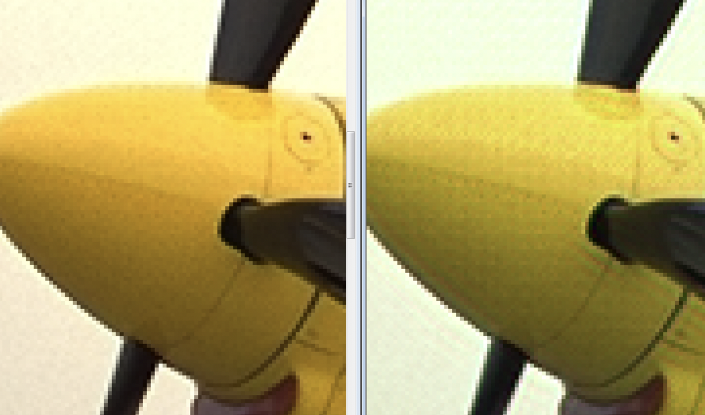
Recently, many deep learning applications have been used on the mobile platform. To deploy them in the mobile platform, the networks should be quantized. The quantization of computer vision networks has been studied well but there have been few studies for the quantization of image restoration networks. In previous study, we studied the effect of the quantization of activations and weight for deep learning network on image quality following previous study for weight quantization for deep learning network. In this paper, we made adaptive bit-depth control of input patch while maintaining the image quality similar to the floating point network to achieve more quantization bit reduction than previous work. Bit depth is controlled adaptive to the maximum pixel value of the input data block. It can preserve the linearity of the value in the block data so that the deep neural network doesn't need to be trained by the data distribution change. With proposed method we could achieve 5 percent reduction in hardware area and power consumption for our custom deep network hardware while maintaining the image quality in subejctive and objective measurment. It is very important achievement for mobile platform hardware.

Higher-order tensor structured data arise in many imaging scenarios, including hyperspectral imaging and color video. The recovery of a tensor from an incomplete set of its entries, known as tensor completion, is crucial in applications like compression. Furthermore, in many cases observations are not only incomplete, but also highly quantized. Quantization is a critical step for high dimensional data transmission and storage in order to reduce storage requirements and power consumption, especially for energy-limited systems. In this paper, we propose a novel approach for the recovery of low-rank tensors from a small number of binary (1-bit) measurements. The proposed method, called 1-bit Tensor Completion, relies on the application of 1-bit matrix completion over different matricizations of the underlying tensor. Experimental results on hyperspectral images demonstrate that directly operating with the binary measurements, rather than treating them as real values, results in lower recovery error.